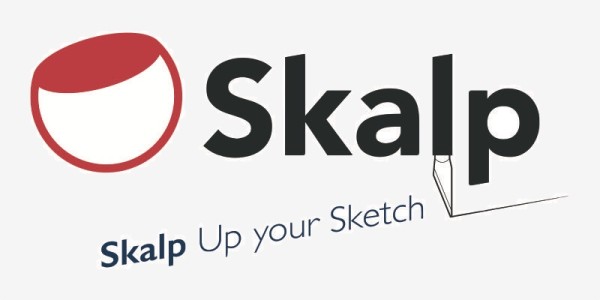In essence, Skalp searches and selects particular sets of faces from the model, intersects them with the section plane and looks for ‘closed loops’ in the results to fill. Only closed loops can get filled. Skalp will track and process your model ‘context by context’. A ‘context’ is a Group, a Component or simply the Model itself. So, the process starts by taking your top level context: the model itself. Next, Groups and Components are taken one at a time. The resulting ‘fills’ will be updated and placed into one managed group in your model. While not necessary, it is good practice to try to create components and groups that are ‘manifold’, ‘solid’ objects. These objects will be processed faster and are likely to produce cleaner section results. If a selected object reports a’Volume’ in the entity info dialog, this indicates it is a valid solid object. Skalp does track nested objects. That is: groups or components inside other groups or components. So organizing your model in smaller nested groups/components might help getting better section results.



Post your comment on this topic.